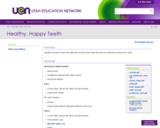
In this lesson students will learn about the right way to brush their teeth and why its important to keep them clean.
- Subject:
- Life Science
- Nutrition
- Material Type:
- Lesson Plan
- Provider:
- Utah Education Network
- Date Added:
- 07/14/2021

In this lesson students will learn about the right way to brush their teeth and why its important to keep them clean.
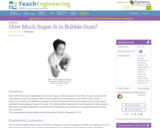
Most of the flavoring in gum is due to the sugar or other sweetener it contains. As gum is chewed, the sugar dissolves and is swallowed. After a piece of gum loses its flavor, it can be left to dry at room temperature and then the difference between its initial (unchewed) mass and its chewed mass can be used to calculate the percentage of sugar in the gum. This demonstration experiment is used to generate new questions about gums and their ingredients, and students can then design and execute new experiments based on their own questions.

The Digestion and Nutrition Student Edition book is one of ten volumes making up the Human Biology curriculum, an interdisciplinary and inquiry-based approach to the study of life science.
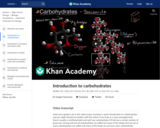
Introduction to carbohydrates (saccharides). Monomers and polymers. Glucose and glycogen.
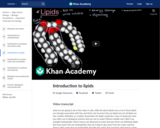
Introduction to lipids like fats and phospholipids.
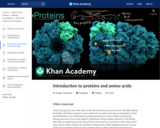
Introduction to proteins as polymers of amino acids (monomers).
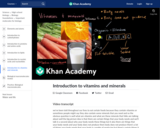
Overview of common vitamins and minerals that are important to human health.

This shared reading activity focuses on the importance of eating good food.
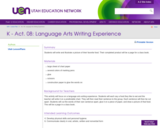
In this lesson students will write and illustrate a picture of their favorite food. Their completed product will be a page for a class book.

A patient discusses diabetes and how he manages his carbohydrate intake in this video segment from TV 411.

In this lesson designed to enhance literacy skills, students examine the nutritional content of different foods and learn about the health benefits and risks associated with the food choices they make.

In this lesson designed to enhance literacy skills, students learn how to use fractions to interpret the nutritional information contained on food labels.
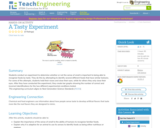
Students conduct an experiment to determine whether or not the sense of smell is important to being able to recognize foods by taste. They do this by attempting to identify several different foods that have similar textures. For some of the attempts, students hold their noses and close their eyes, while for others they only close their eyes. After they have conducted the experiment, they create bar graphs showing the number of correct and incorrect identifications for the two different experimental conditions tested.
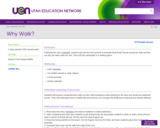
In this lesson students will practice comprehension skills as they make predictions while listening to the story and recall and sequence events. They will understand how a healthy diet and exercise can increase the likelihood of physical and mental wellness.